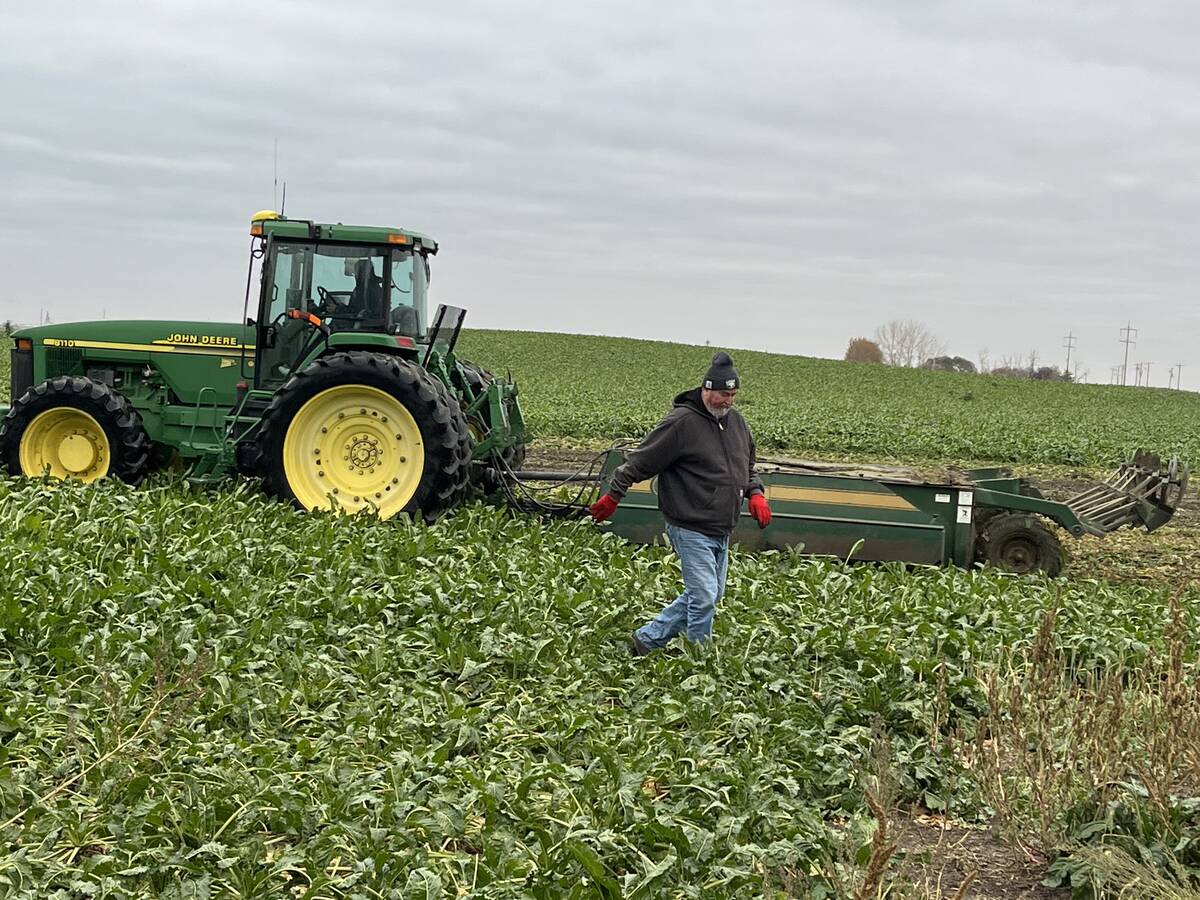WEYBURN, Sask. – Amelie Boisrobert wants to know how to help more trees survive.
The student from northwest France has finished three years of a five-year agricultural engineering degree. She applied for an internship at Health, Education and Livelihood Project (HELP) International in Weyburn, Sask., and spent the summer working on forestry research.
HELP International, founded 17 years ago by African aid worker Rodney Sidloski, trains people in economic development through sound environmental practices such as zero waste and agroforestry.
Fourteen projects designed to help both Canadians and Africans, and mainly in forestry, were undertaken in Weyburn this year. Results will be documented in theJournal of the Helping Sciencesthis winter.
Read Also

Weight-loss drugs and health initiatives hammer a crop that usually provides an economic cushion
Americans are simply eating less sugar. Consumption started to decline in the 1990s as artificial sweeteners grew in popularity. Farmers this year planted their smallest sugar beet acreage since 1982.
The key problem is that trees are poor at replacing themselves. Seedlings spontaneously sprout each spring only to die by July.
To preserve seedlings, Boisrobert placed plastic around them to keep weeds under control and retain moisture. Different sizes of plastic were used to see if that makes a difference in survival rate, and some trees were left on their own without plastic.
“Each week, I measured the shoot length,” she said. “The growth is higher for the trees with plastic. My results are quite good for now.”
In keeping with HELP’s environmental mandate, she recycled plastic pieces from used grain bags.
Meanwhile, David Lasala, a forestry engineer from Spain, experimented with low-cost, natural regeneration of trees.
Under the tree canopy at HELP’s site, he prepared several growing media for seeds that fall from the trees. For example, a tray packed with plastic-wrapped plugs containing soil was left sitting where seeds could fall and sprout in the plugs.
Another tray contained Styrofoam plugs floating in water in an insulated base. In other areas, the grass was removed to see if bare ground was better.
The experiments are repeated in an area that isn’t under the large trees.
“We want to see if wind and direction are variables,” he said.
Boisrobert also worked on a project to improve HELP’s floating nursery, a sub-irrigation system where tree seedlings or cuttings are placed in Styrofoam plug trays and then in water.
She examined different volumes and combinations of growing media, including clay, peat, humus and Styrofoam pellets and different amounts of water in a trough underneath the trays.
She found that floating the trays in water is a viable procedure, leading to strong root development and shoot growth.
“You could take a dugout and put a flotilla of Styrofoam on top, walk away for five months and have a nursery,” said Sidloski.
He said the idea of a nursery without actual nursery construction could revolutionize the way trees are grown.















